Tick ‘look-alikes’…
that’s what we call them. Bugs that sometimes fool our TickSpotters. Actually, about one in 20 (5%) crowdsourced submissions to TickSpotters is not a tick at all but a tick look-alike instead. The good news, there’s no risk for a tickborne disease from tick look-alikes! The bad news, in some cases, it’s just something else scary to worry about. Some people just don’t like bugs. Usually though it turns out to be no real worry at all. Here’s a collection of the most common “Not A Tick” images that people send in. If you’re in doubt about what you’ve encountered, check this gallery out before hitting the submit button to TickSpotters!
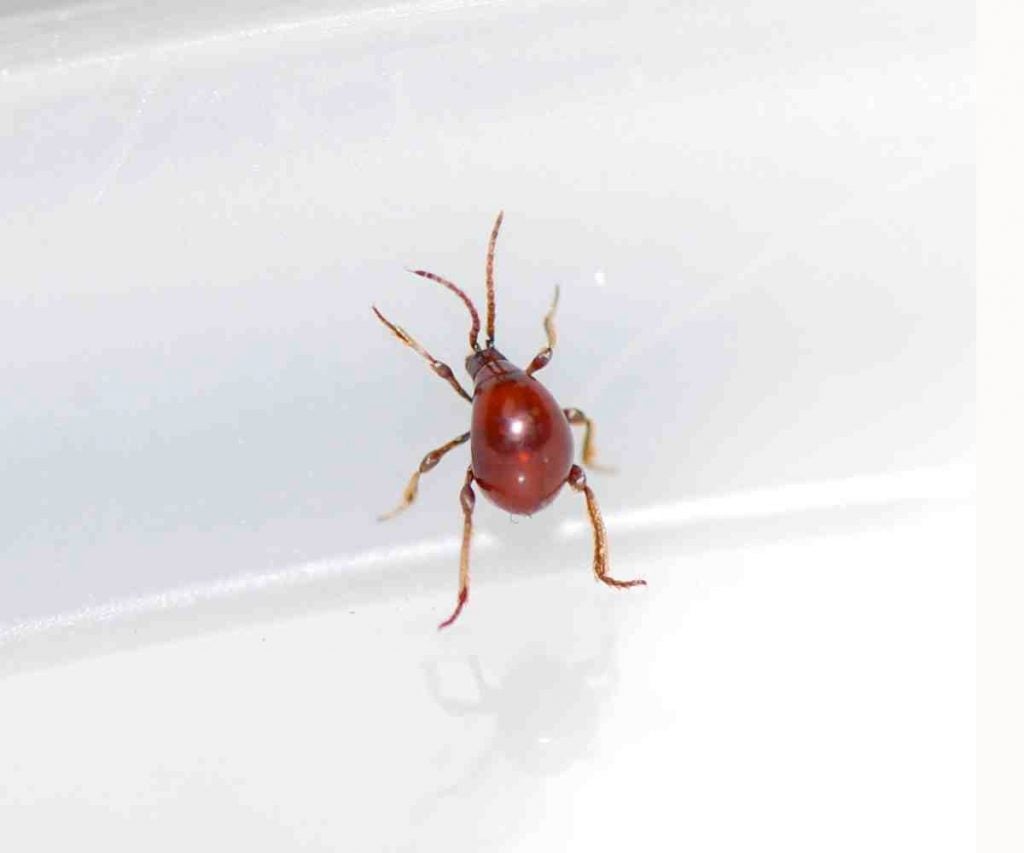
One of the most common tick look-alikes but can you see 6 legs and 2 long antennae…that makes it an insect! This is some type of spider beetle, no worries from this. 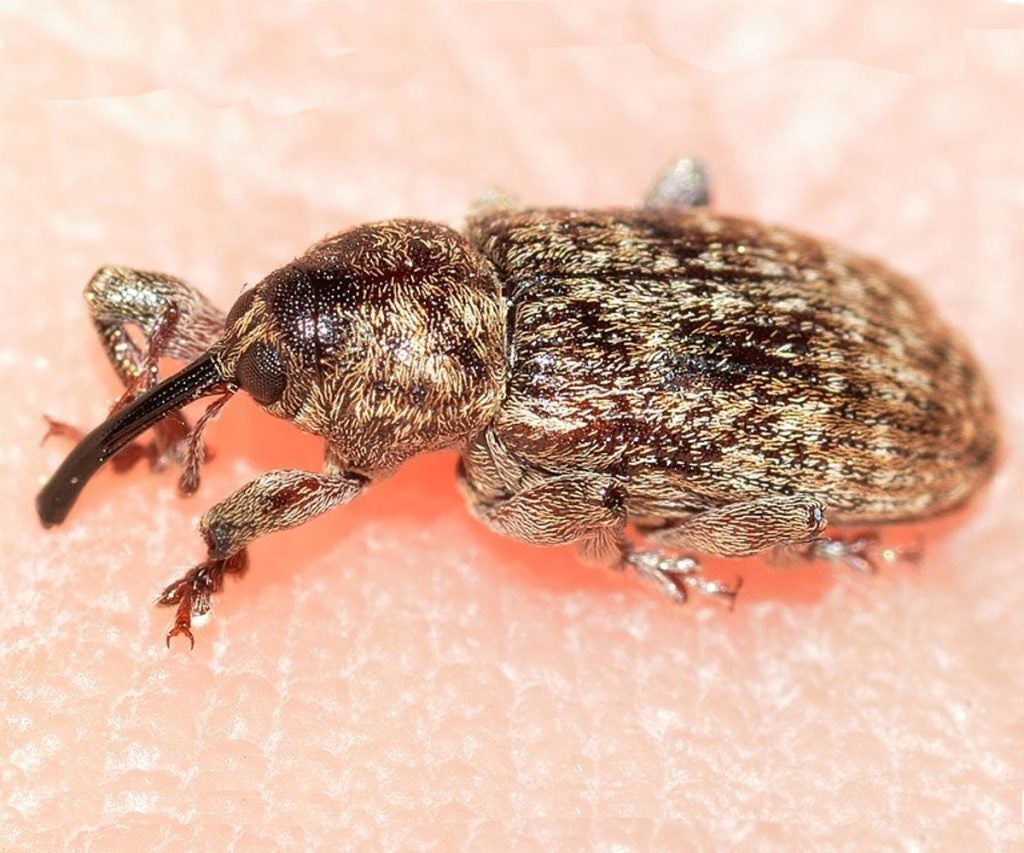
It’s a common weevil that many people seem to mistake for a tick. We see 6 legs, 3 body regions, and a pair of clubbed antennae. Larger, adult stage ticks would have 8 legs, 2 body regions, and no antennae. 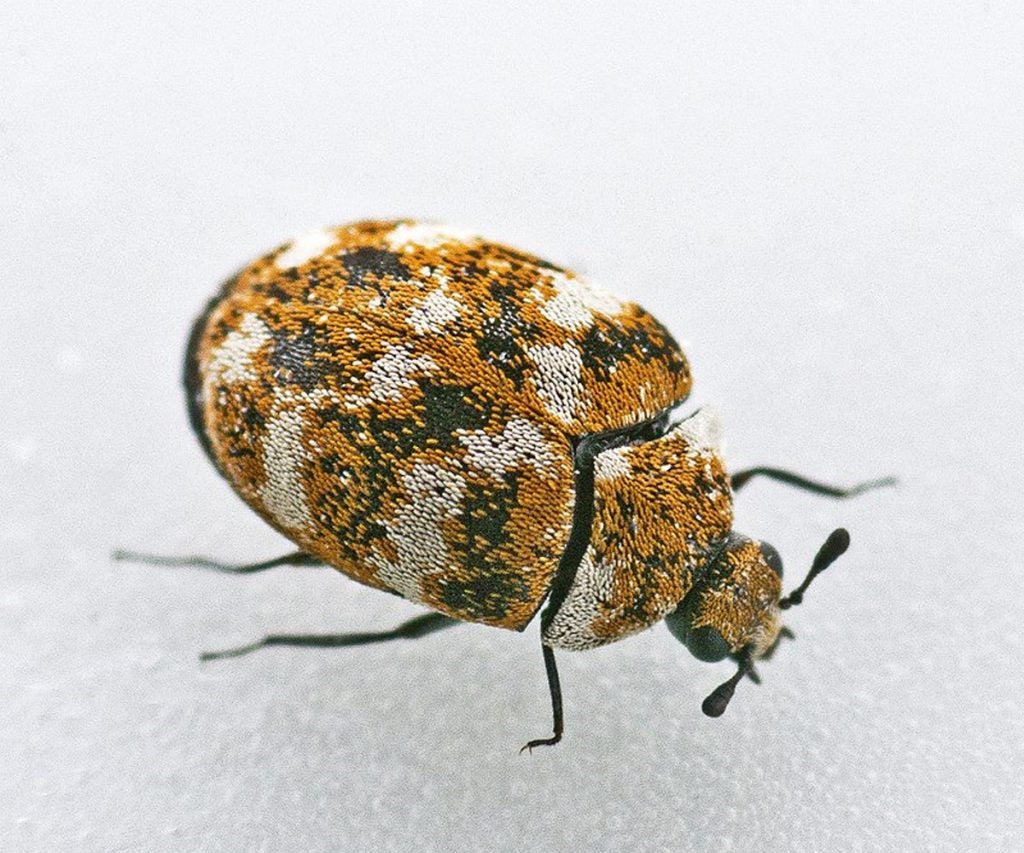
Carpet beetles are usually inside pests. They feed on keratin found in wool, fur, felt, silk, feathers, skins, and leather. Even accumulations of dog hair. 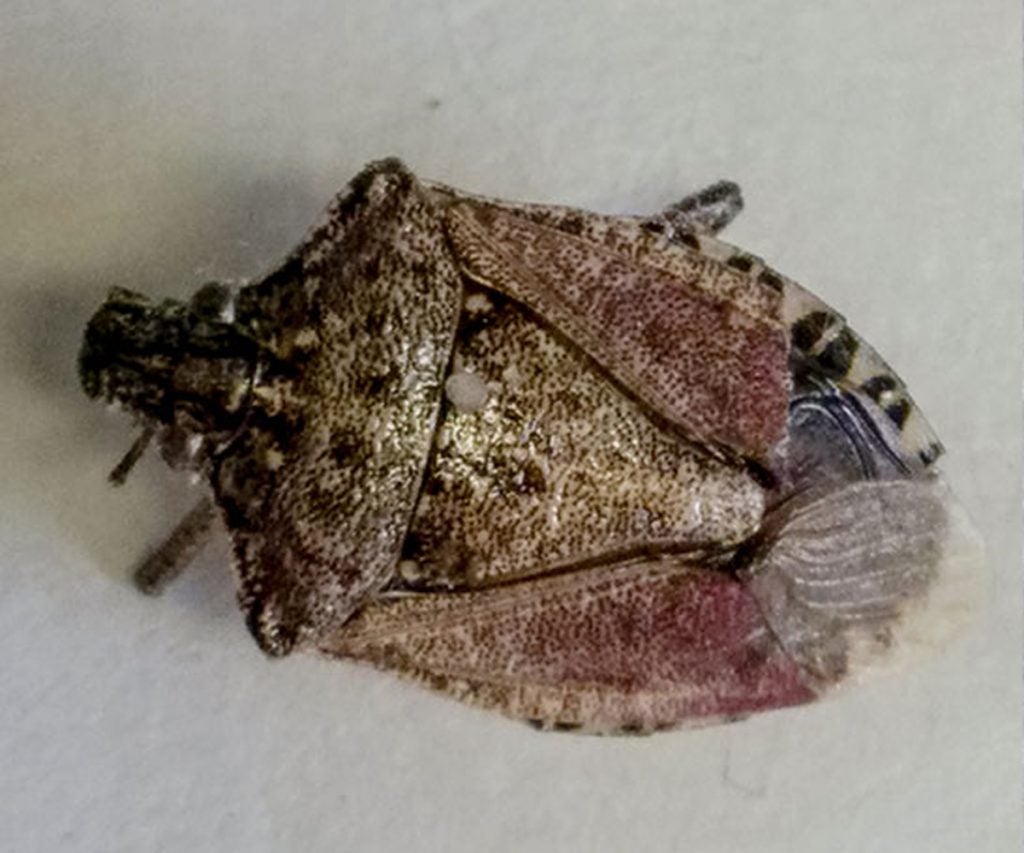
NOT A TICK… but it is a brown marmorated stink bug. You can’t count the legs or see antennae but one clue is the tip of a wing you can see folded over the body. Ticks don’t have wings! This invasive pest devours crops and invades homes—worrying farmers and driving homeowners crazy. 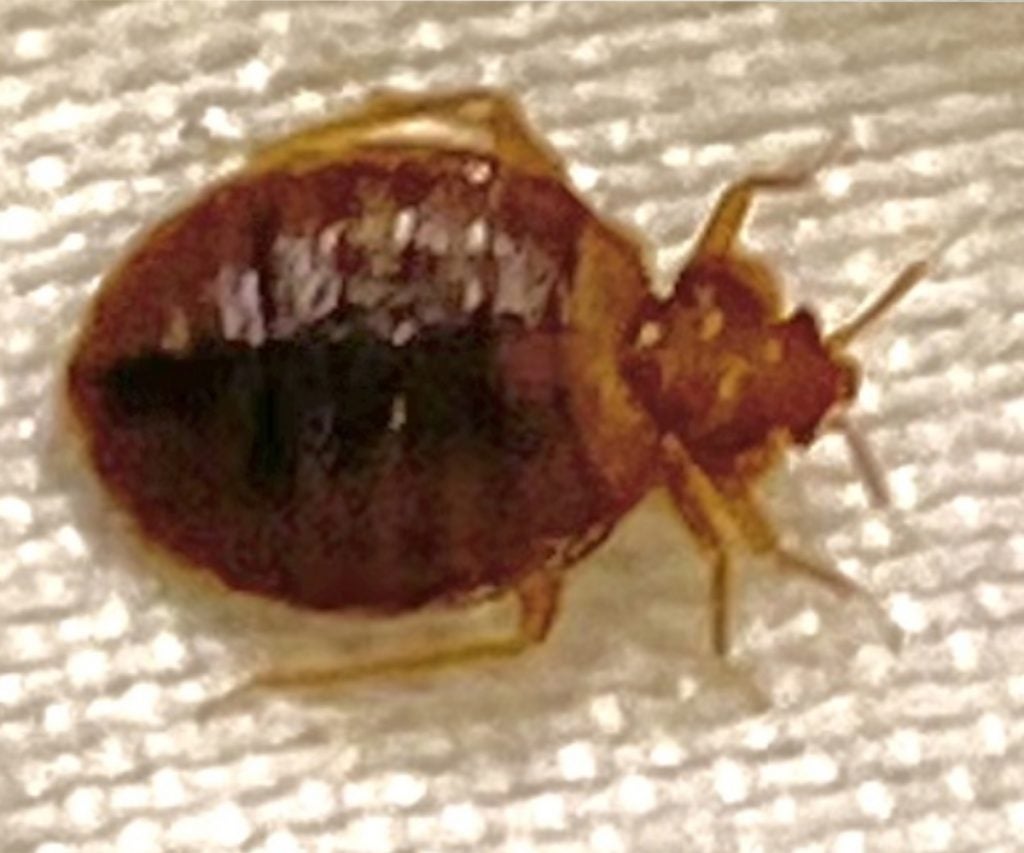
Ack!! It’s a bed bug. Antennae, eyes and segmented abdomen are all things ticks don’t have. Getting rid of a bed bug infestation can be complex and costly. The EPA has a getting started guide for bed bug treatment: www2.epa.gov/bedbugs/preparing-treatment-against-bed-bugs 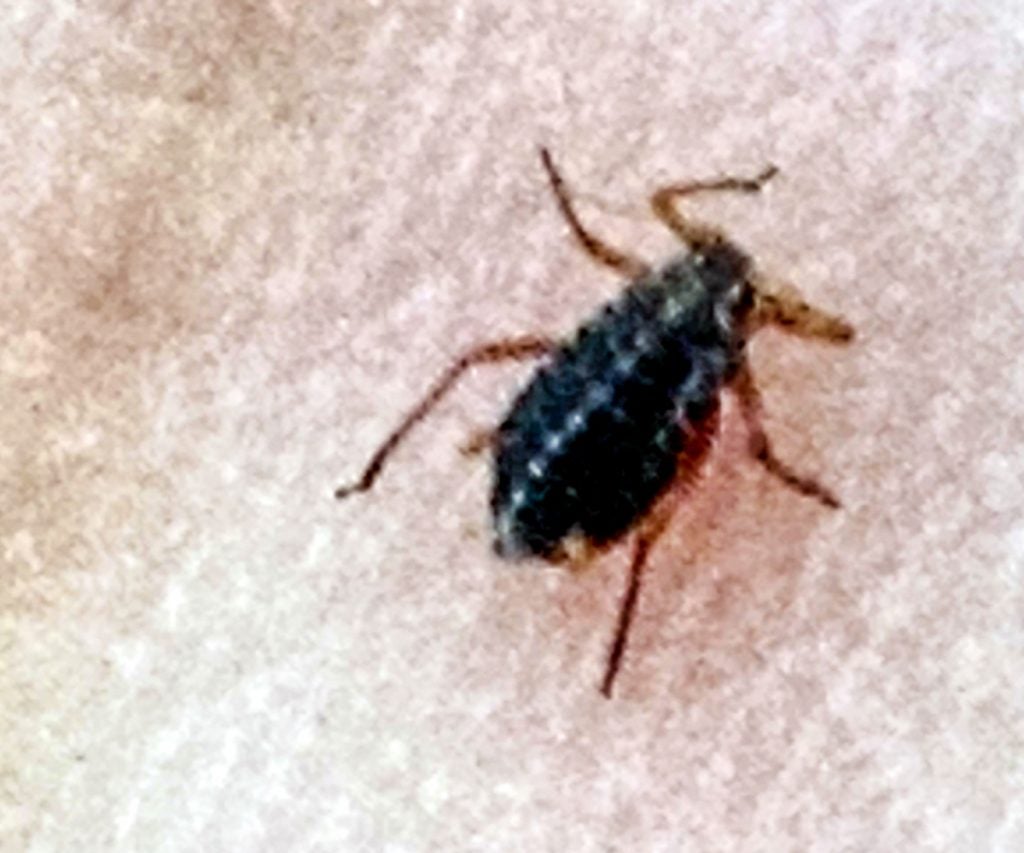
Definitely not a tick. 6 legs, eyes, and a segmented abdomen. It appears to be an immature aphid. 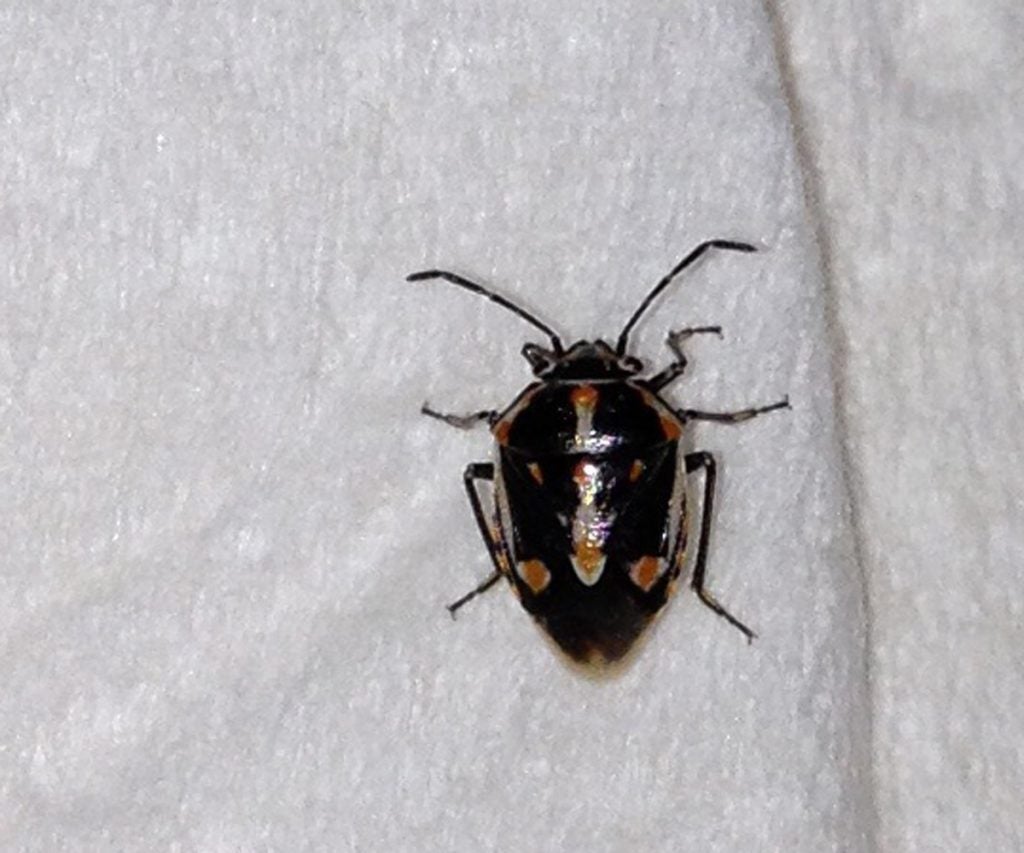
We see 6 legs and 2 long antennae… that makes it an insect! It’s likely a type of harlequin bug in the order Hemiptera. Nothing to worry about this time. 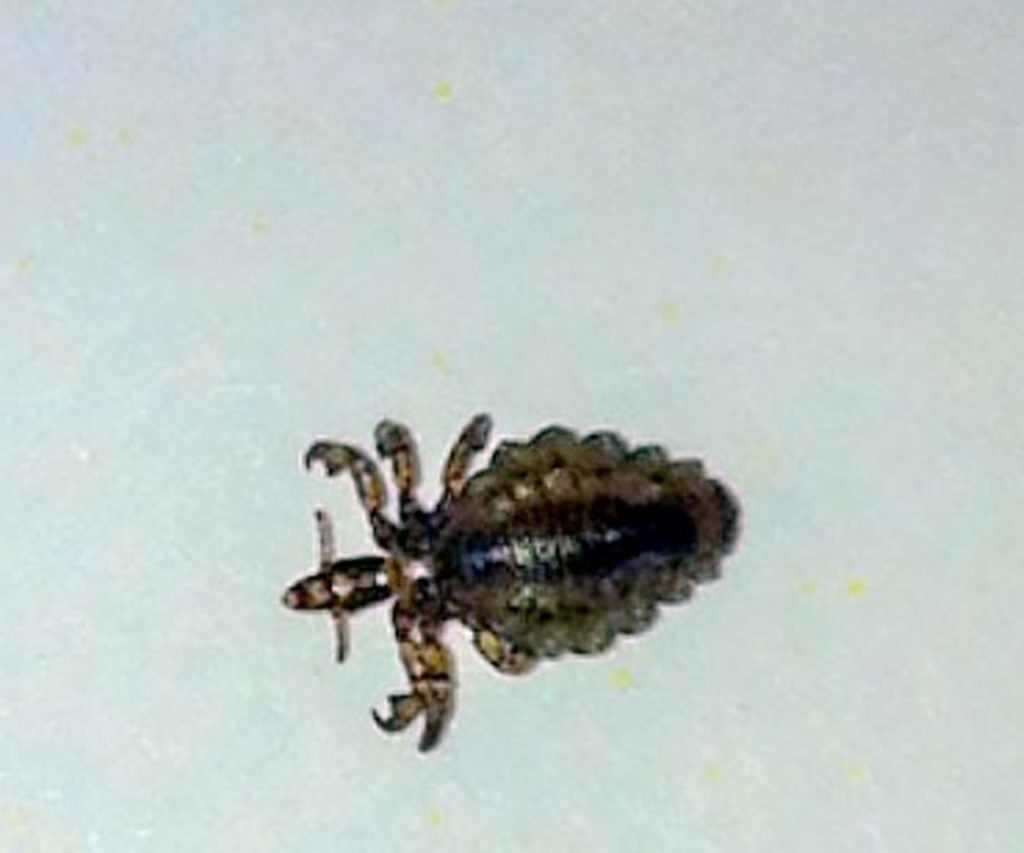
YIKES!!! That’s a crab louse (aka. pubic louse). 3 legs on each side and antennae are the give-away. These tick look-alikes can only survive a few hours off the host. Despite urban legends, they’re not known to transmit any pathogens. 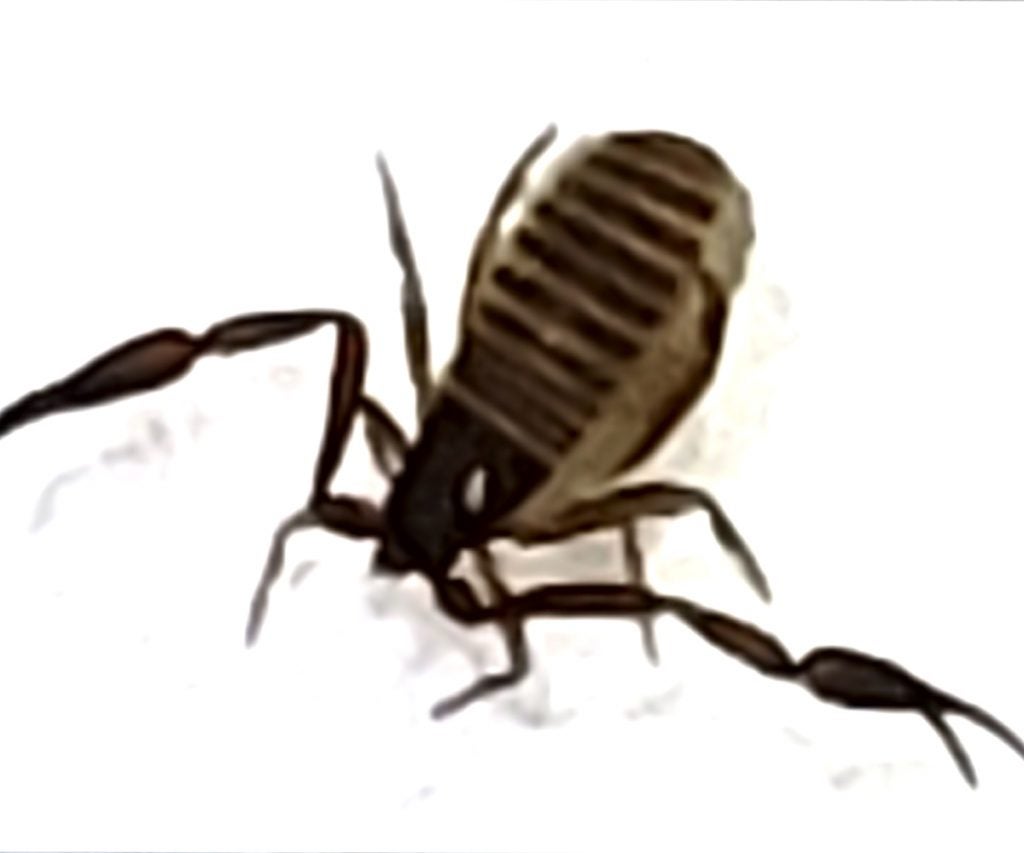
YOW. A pseudoscorpion, on the move it appears. Still looks scary but definitely not a tick! They are harmless to you but are predators on other insects. 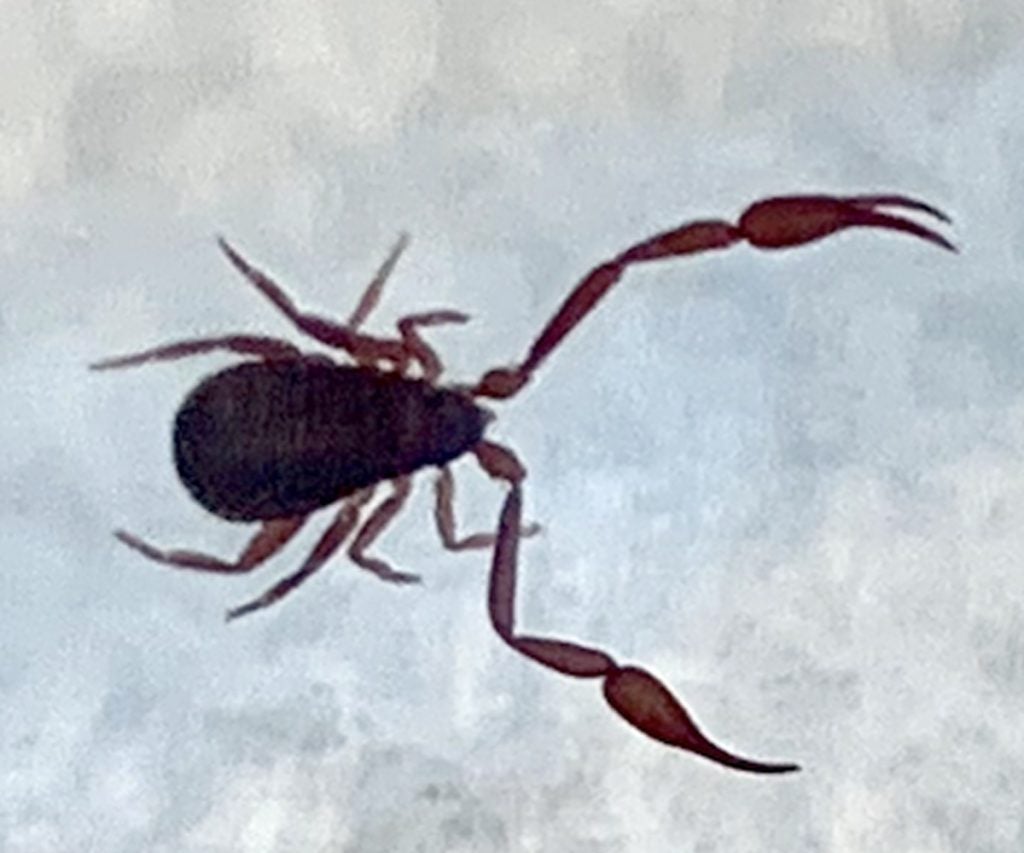
Another pseudoscorpion. Did you know that only the adult stages have large claws? 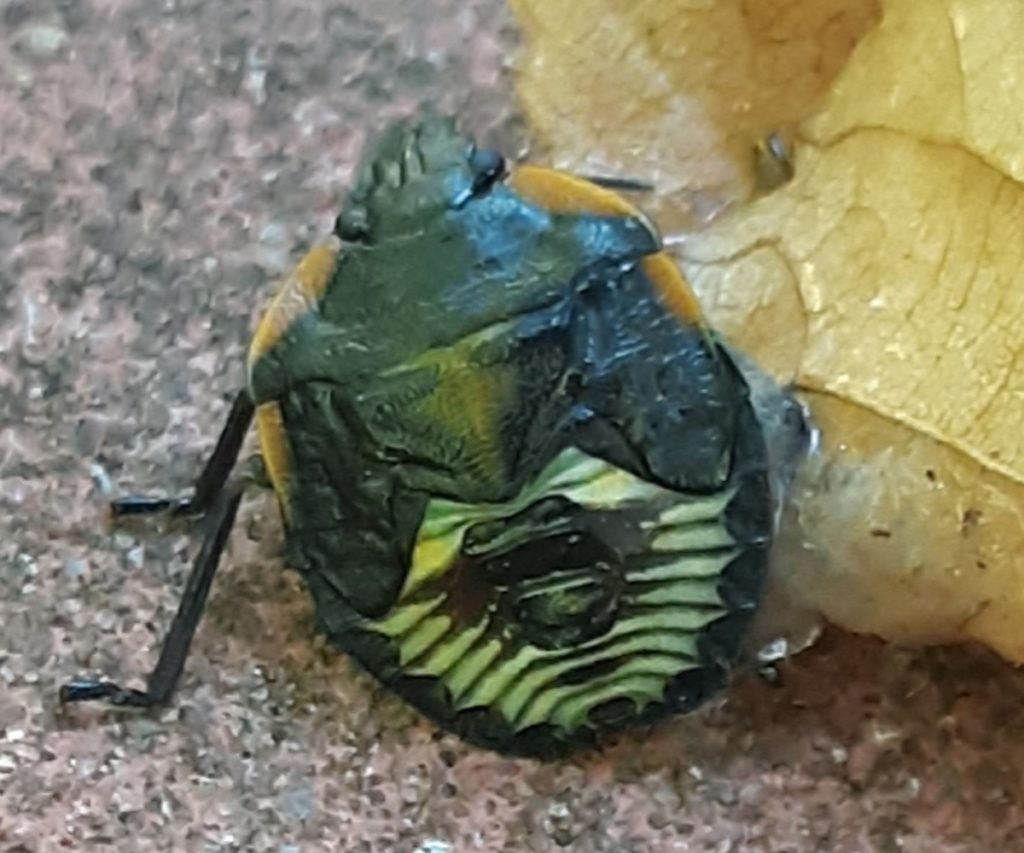
Immature plant bug in the stink bug family. 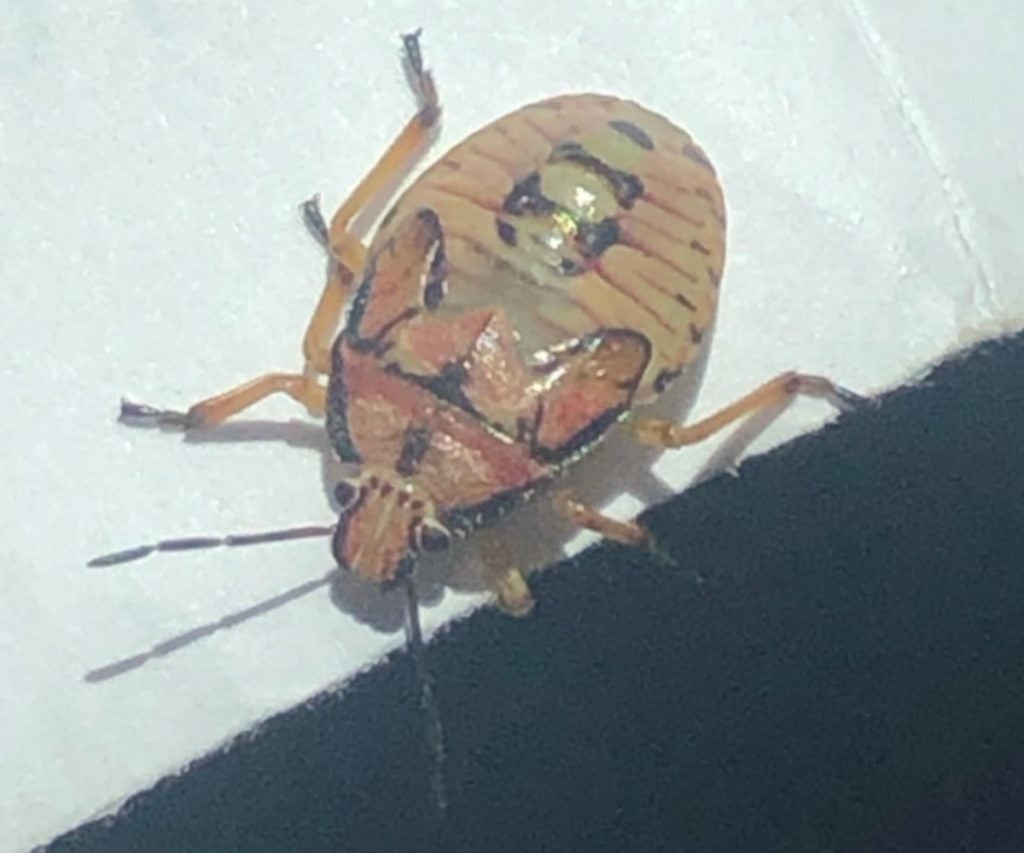
Immature plant bugs in the stink bug family. 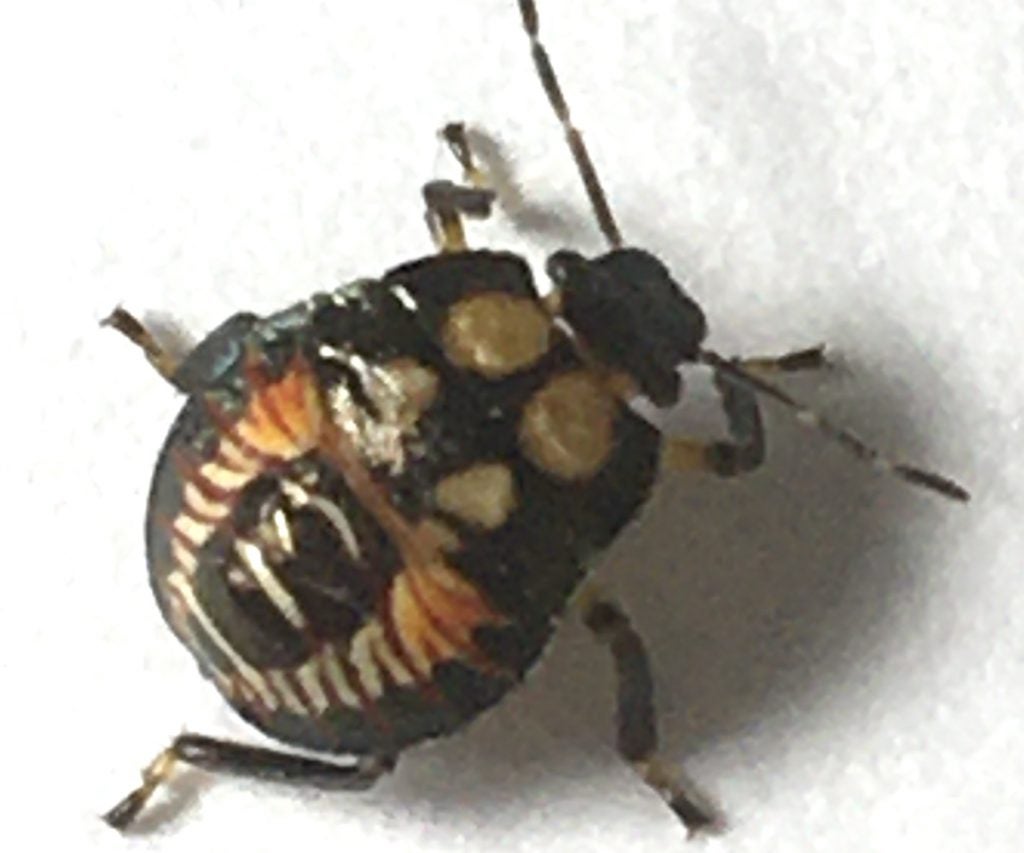
Immature plant bug in the stink bug family. 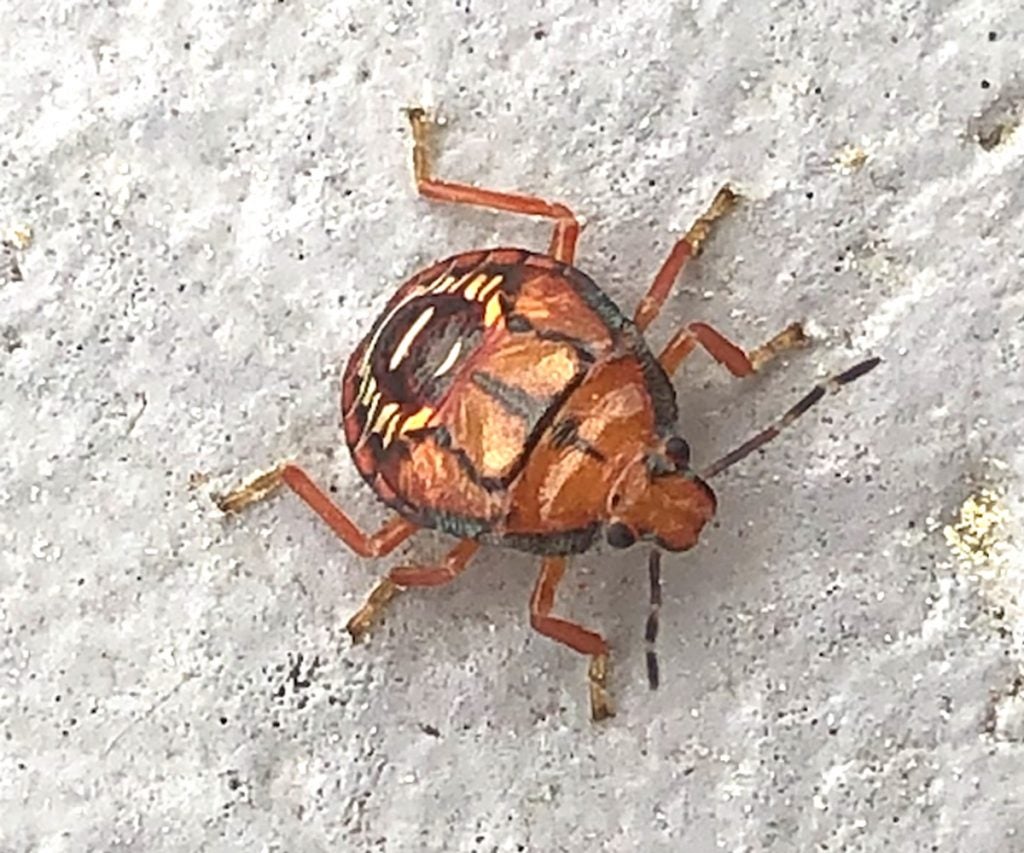
Immature plant bug in the stink bug family. 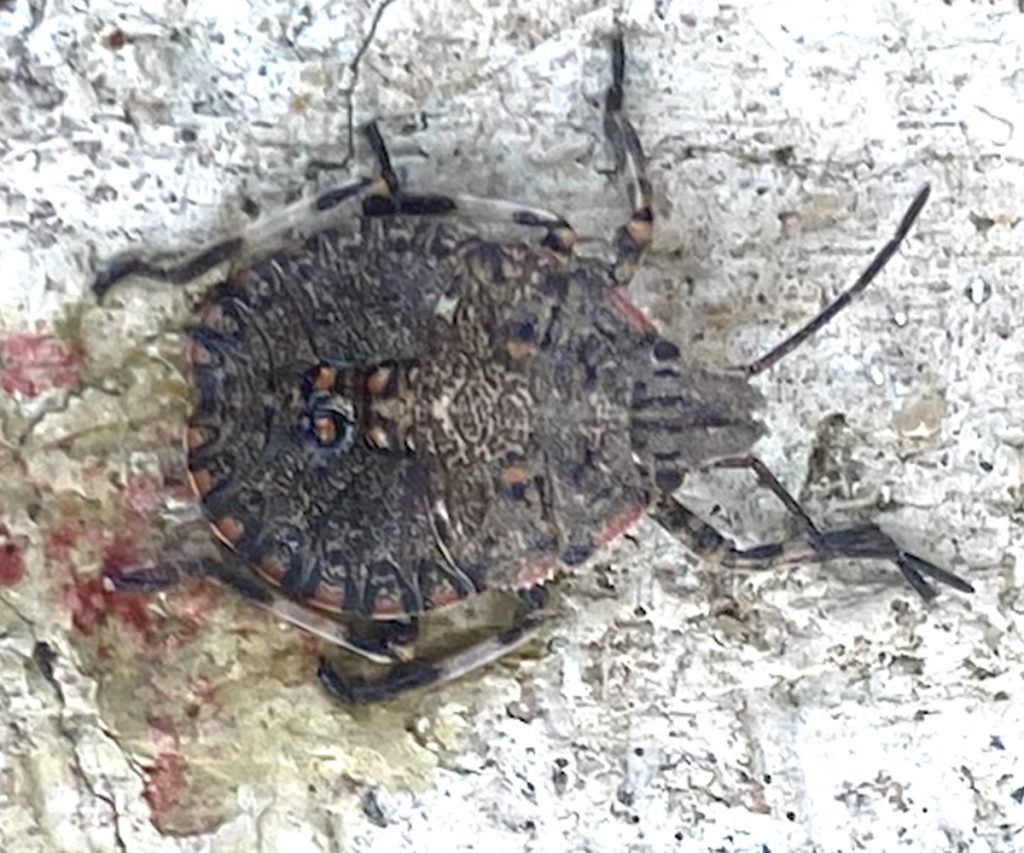
Immature plant bug in the stink bug family. 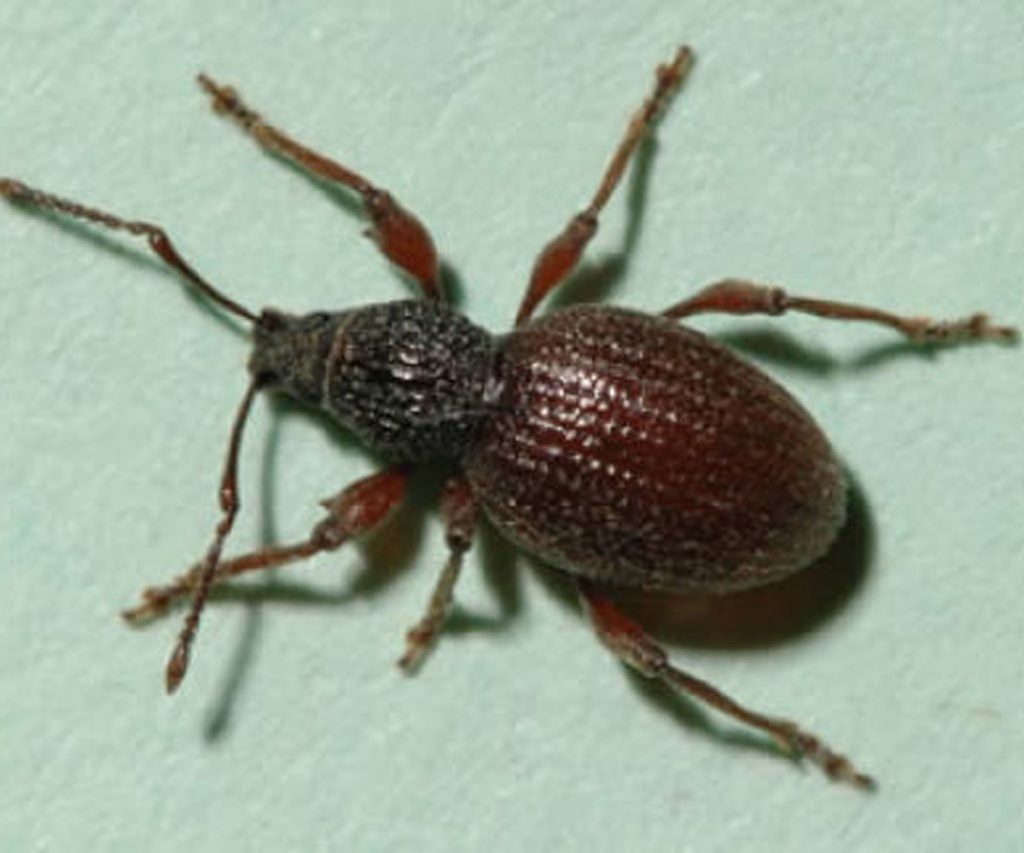
It’s a common weevil that many people seem to mistake for a tick. We see 6 legs, 3 body regions, and a pair of clubbed antennae. Larger, adult stage ticks would have 8 legs, 2 body regions, and no antennae. 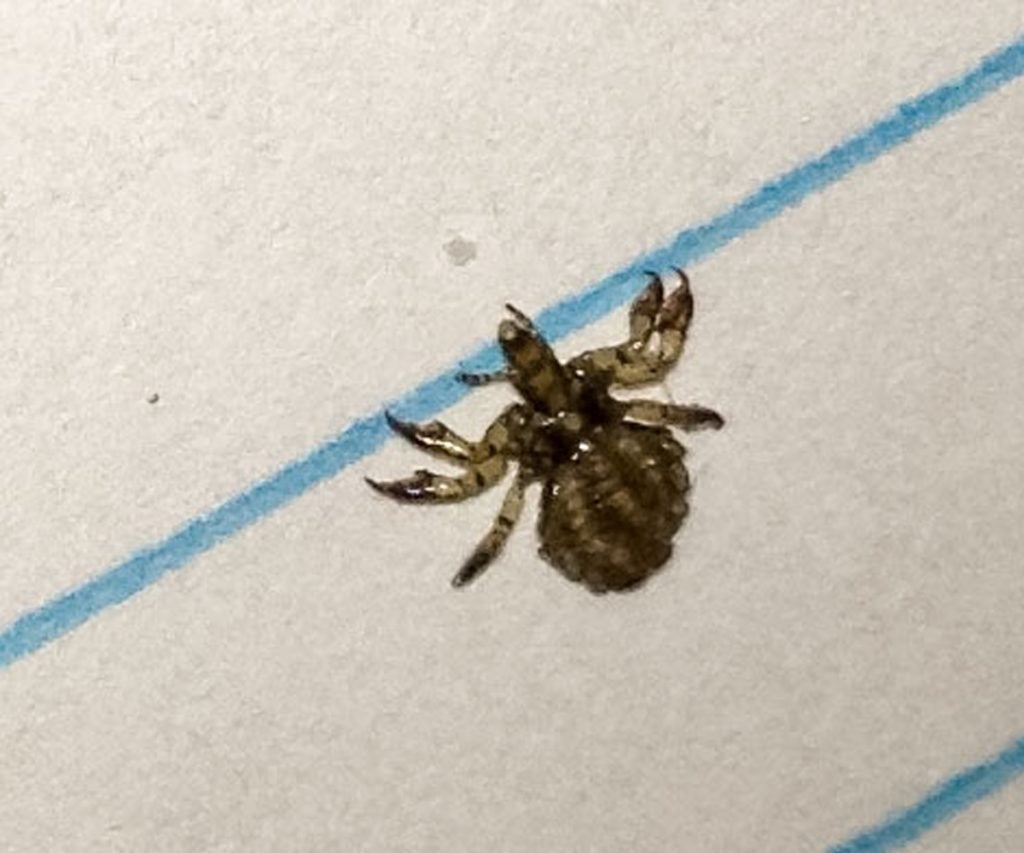
That’s a hog louse (Haematopinus suis), NOT a tick. Note that its head is more than twice as long as it is wide, which is a key identifying feature. FYI, there are horse lice, cattle lice, hog lice…even human lice. Lice can be very host specific! 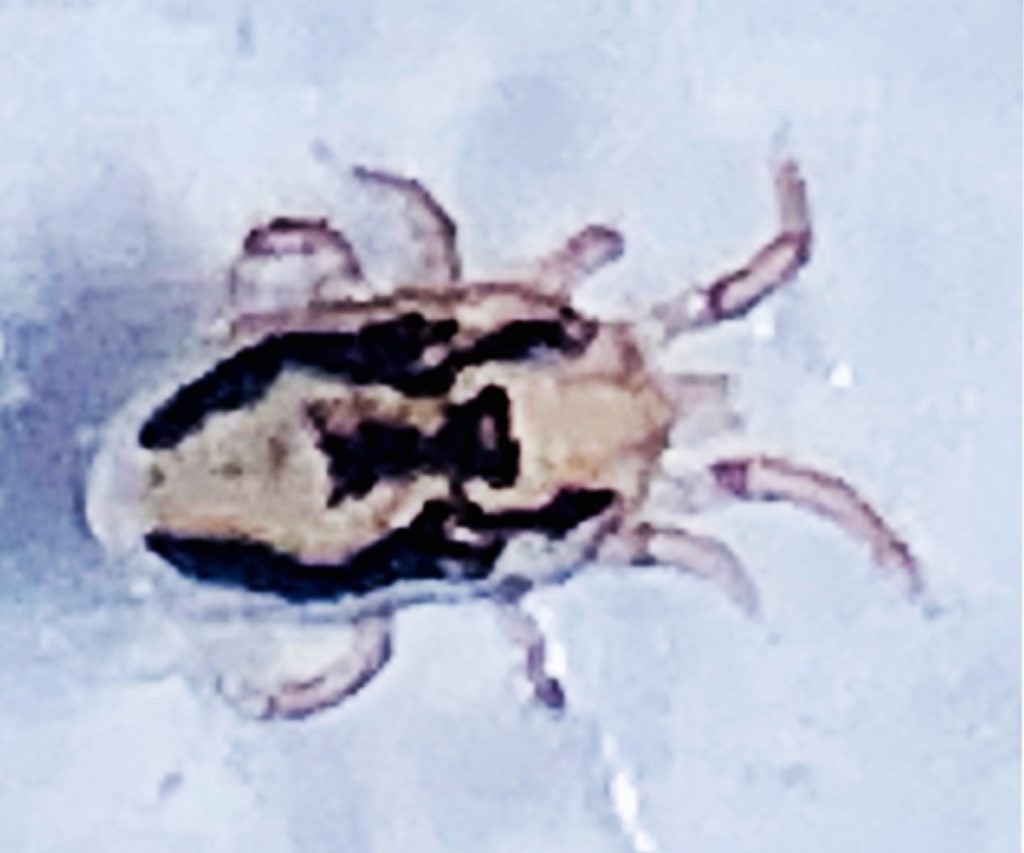
Bird mites can infest nests by the millions and some start to stray and wander especially once the young birds leave the nest. They can bite people but usually don’t. 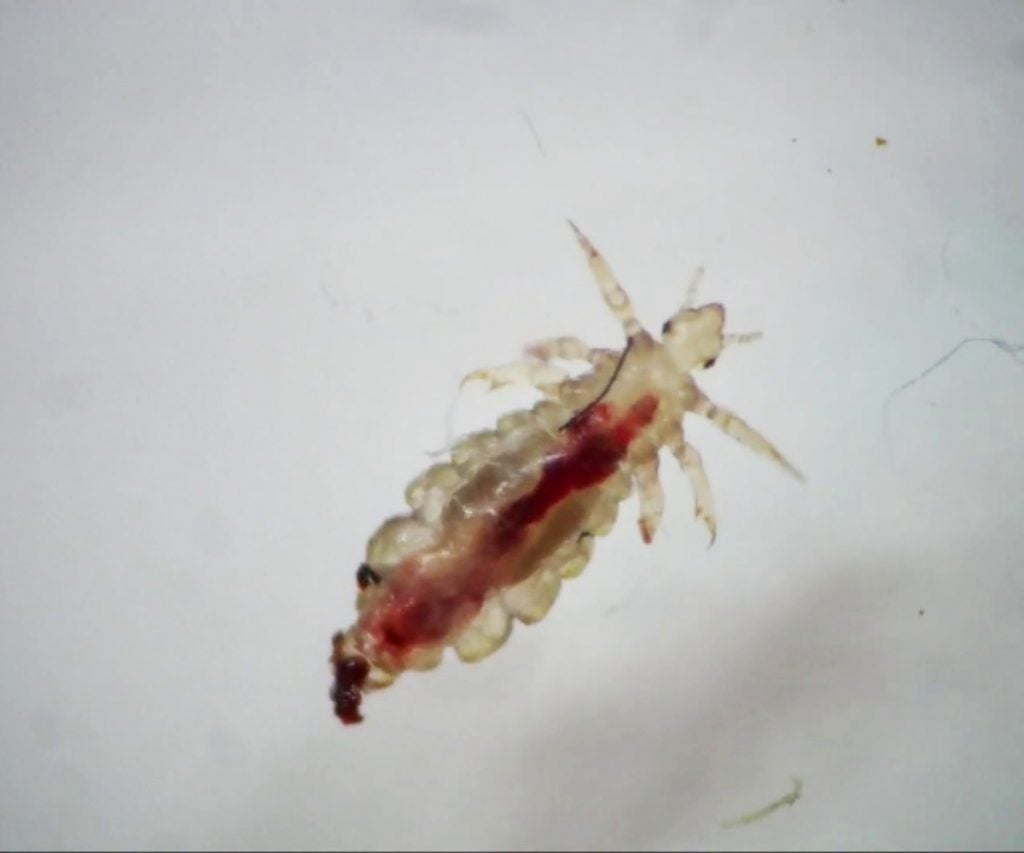
That’s not a tick! It’s a head louse. Note the 6 legs (3 per side). Happily, there are very effective head louse treatments available over the counter. We recommend that you talk with a pharmacist but one excellent product is called Nix for lice. 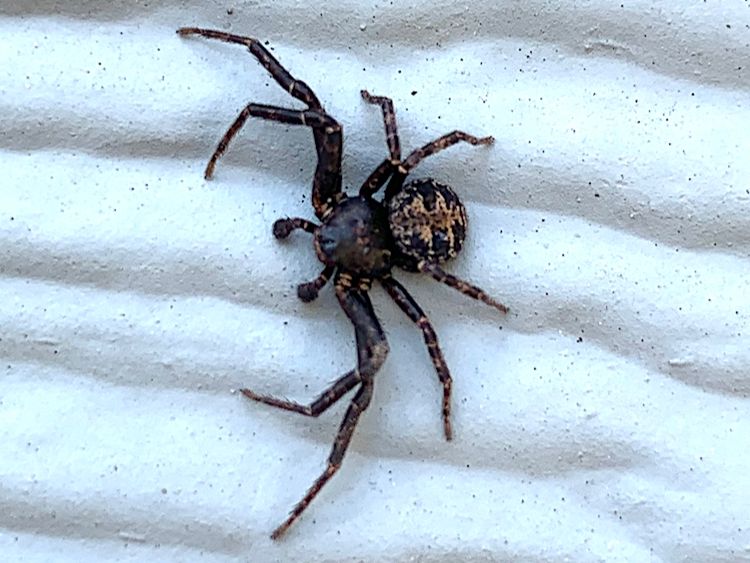
crab spider 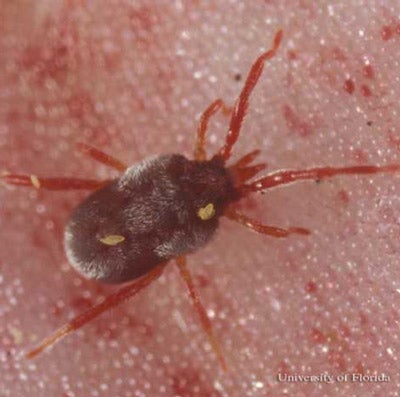
clover mite

Spider beetle 
Weevil 
Carpet beetle 
brown marmorated stink bug 
Bed bug 
While it may be a tick look-alike (sort of)…that is definitely not a tick. It appears to be an immature aphid. 
Harlequin bug 
Crab louse 
Pseudoscorpion 
pseudoscorpion 
immature stink bug 
immature stink bug 
immature stink bug 
immature stink bug 
immature stink bug 
Weevil 
Bird mite 
head louse 
hog louse 
crab spider 
clover mite
